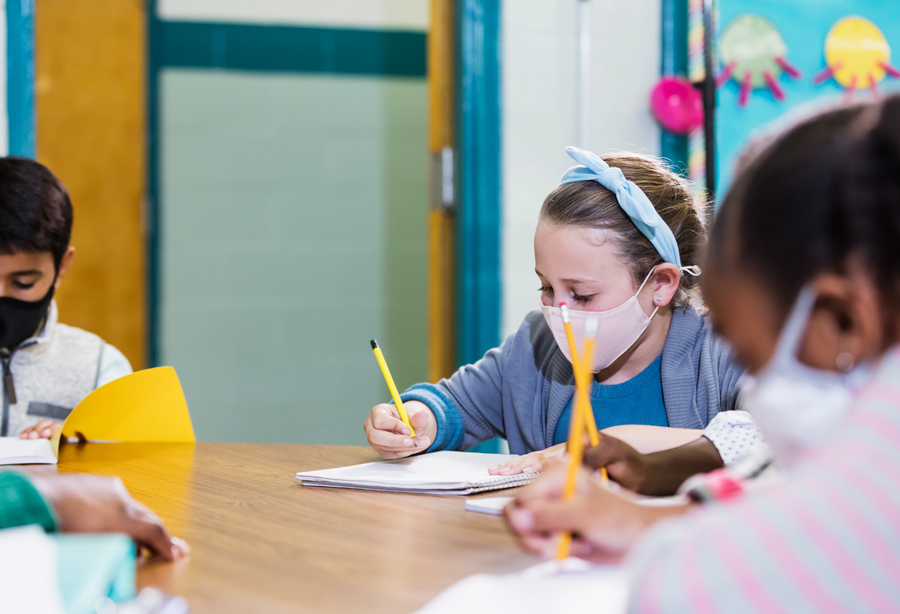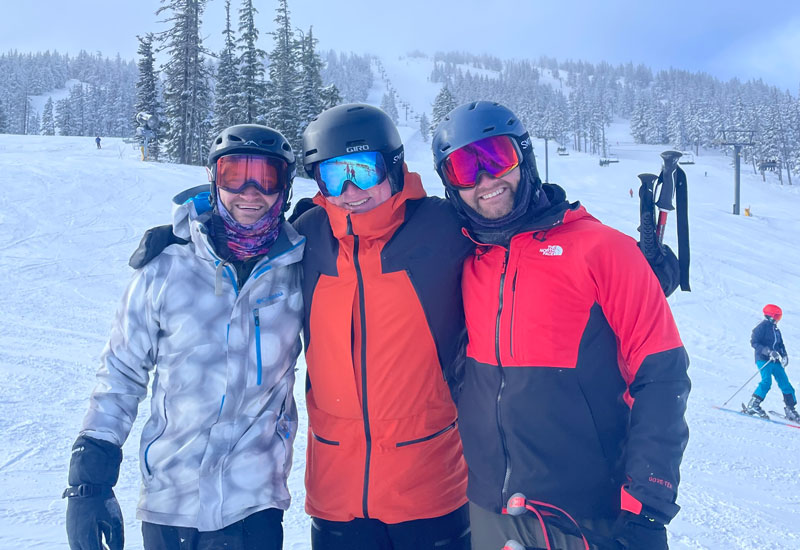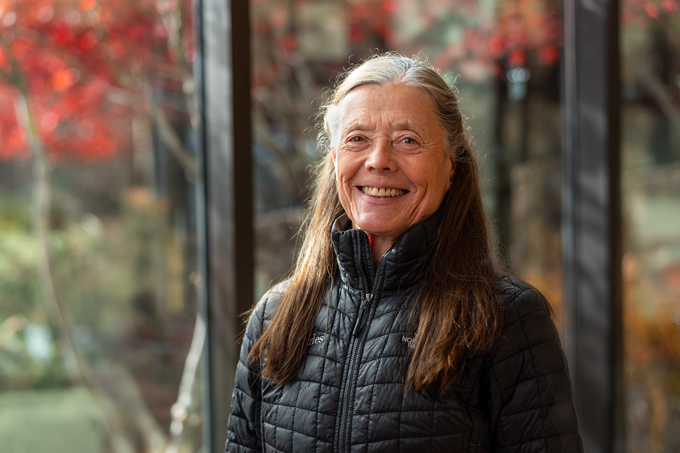This week, school children across Central Oregon are heading back to class, just as the highly transmissible Delta variant of COVID-19 is fueling a record number of infections and hospitalizations across the region.
And although Oregon Gov. Kate Brown has mandated vaccination for teachers and mandated indoor masking for kids, pediatric physicians at St. Charles say there is reason to be concerned about a recent surge in the number of pediatric COVID cases in the area.
In total, St. Charles has recorded 183 pediatric visits to the Emergency Department for COVID-19, including 45 in August alone – the most in any single month during the pandemic. Hospitalizations remain low – 35 total – but they seem to be rising, too, said Dr. Scott Olson, a pediatric hospitalist with St. Charles.
“Nationally, as the Delta variant has become more prevalent, we’ve seen the rate of hospitalization increase among children,” Olson said. “Early estimates placed pediatric hospitalizations somewhere around one in every 100 COVID infections. Over the past several months, that rate has jumped up closer to one in 50.”
Olson, a father of two young children, said he is personally concerned that the start of the school year could worsen the situation locally – both for kids and the community as a whole.
“I don’t know that we can define a trend, but we know from data in other parts of the country where school has restarted that they are seeing a significant increase in symptomatic disease in children,” he said. “On an individual basis, the risk of hospitalization for infected children is low. But infected children can spread the disease, and that’s a major concern from a hospital capacity standpoint.”
COVID vaccines are approved for children ages 12 and older but only about half of eligible kids in Central Oregon have been vaccinated. For kids under 12, Olson and another St. Charles pediatric hospitalist (and mother of three school-aged children), Dr. Suzanne Mendez, suggest these five tips for parents to follow to help protect their children this school year:
1. Mask up.
“Universal masking is key to preventing transmission of COVID in schools. All kids over the age of 2 should wear a mask that fits well over their mouth and nose when they’re inside,” said Mendez, “and also when they’re outside and within six feet of another person who doesn’t live in their household.”
If you’d like to read more about masks and kids, Mendez suggests reading this brief from the Centers for Disease Control, this article from the Washington Post and this information from medRxiv.
2. Go outside.
“Encourage your child to be outside when they’re playing with friends, when they’re eating lunch, and during recess,” Mendez said. “This is good advice anytime, but especially right now.”
3. Get vaccinated.
Children’s hospitals like the one at the University of California at San Francisco are finding that the children who require hospitalization are either older unvaccinated children or younger children who live with unvaccinated adults.
“If parents can be vaccinated, they should be. If they aren’t, they should get vaccinated, and they should get their kids who are 12 and older vaccinated, too,” Mendez said. “A recent study showed that more than 6.2 million people who received either the Pfizer or Moderna vaccines had no increase in serious health outcomes, with more than 11.8 million doses given.”
4. Practice COVID safety outside of school as well.
“You can tell your kids to do this or do that, but you want to make sure to model those behaviors for them, too,” Mendez said. “If you go out as a family, avoid large crowds without masks and eat outside whenever possible, especially if you’re eating with others who don’t live in your household.”
Parents should also carefully consider potential exposures their children have to other people outside of school, Mendez said, such as sleepovers, indoor birthday parties and indoor play areas.
5. Stay home when sick.
“Again, this goes for parents and kids: If you’re experiencing illness or your child is ill, please don’t go to work or send them to school. Stay home and call your primary care provider instead,” Mendez said. “We have seen a variety of presentations of COVID in children – from runny noses to headaches – so if you have a sick child, please keep them home and call your pediatrician to talk about testing for COVID if you are concerned.”
In general, symptoms experienced by young COVID patients at St. Charles include fevers, cough, nasal congestion, muscle aches, headaches, and labored breathing, Olson said. There are no pediatric ICUs in the region, so local children who require advanced care for respiratory failure or who develop a post-inflammatory syndrome after COVID infection are transferred to children’s hospitals in Portland or out of state.





